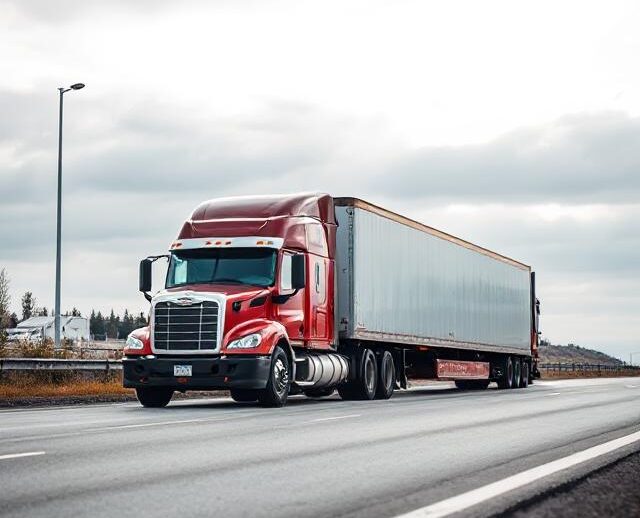Learn everything about truck weight limits and overloading rules in India. Understand axle load norms, legal GVW, penalties, and how to ensure compliance for safer road transport.
Complete Guide to Truck Weight Limits and Overloading Rules in India
Truck overloading continues to be one of the most pressing issues affecting India’s freight and logistics ecosystem. Not only does it compromise road safety and vehicle health, but it also leads to hefty penalties and legal complications for fleet operators.
This guide provides a comprehensive overview of:
- Legal truck weight limits in India
- Overloading rules and penalties
- MoRTH axle load norms
- Compliance tips for fleet owners and logistics companies
🚛 What is Considered Overloading?
Overloading occurs when a vehicle carries weight exceeding its permissible Gross Vehicle Weight (GVW) or axle-wise load limit as specified in its registration certificate (RC) and government regulations.
This includes:
- Cargo
- Fuel
- Driver & passengers
- Load-carrying structures or containers
📏 Legal Truck Weight Limits in India
Truck weight limits vary based on vehicle design, axle configuration, and manufacturing specs. As per the Ministry of Road Transport and Highways (MoRTH), here are the updated limits:
🔹 Standard Axle Load Limits:
| Axle Type & Configuration | Max Load Limit (Kg) |
|---|---|
| Single axle (2 tires) | 6,000 |
| Single axle (4 tires) | 10,200 |
| Tandem axle (8 tires) | 19,000 – 21,000 |
| Triple axle (12 tires) | 27,000 – 30,000 |
| Tractor + Trailer Combo | 35,000+ (as per design) |
These limits are subject to manufacturer capacity and must not exceed values mentioned in the RC.
⚖️ MoRTH Amendments: Higher Load Capacities
In July 2018, MoRTH revised the permissible axle load norms, allowing 20–25% more weight on newer vehicles with improved braking and suspension systems.
Fleet owners are expected to retrofit or upgrade vehicles as needed to comply with these updated norms.
🚨 Penalties for Overloading in India
Under the Motor Vehicles (Amendment) Act, 2019, overloading can lead to:
- ₹20,000 fine + ₹2,000 per excess ton
- Detention of the vehicle until excess load is removed
- Suspension of the driver’s license in repeat cases
- Void insurance claims in case of accidents
🛑 Why Overloading Is Risky
- Safety Hazards: Longer stopping distances and increased risk of accidents
- Vehicle Damage: Excess stress on engine, tires, suspension
- Fuel Inefficiency: Heavier loads consume more fuel
- Infrastructure Impact: Damages roads, bridges, and increases maintenance costs
- Legal Trouble: Risk of seizures, detainment, and fines
✅ Compliance Tips for Fleet Operators
- Use weighbridges before dispatch
- Install onboard weighing systems
- Educate loading personnel and drivers
- Adhere to RC and OEM specs
- Avoid bribes or shortcuts at checkposts
- Keep up with MoRTH notifications
🧾 Final Thoughts
Truck overloading is no longer just a grey area — it’s a heavily monitored and strictly penalized violation in India. For businesses, staying compliant means lower risks, improved vehicle life, and reputation for reliability in logistics.
Choosing the right vehicle type, maintaining records, and ensuring proper load distribution can go a long way in ensuring smooth and legal transport operations.
📥 Need a printable truck load limit chart or driver training material? Let me know!
Keywords:
- truck weight limits India
- overloading rules India
- axle load norms
- vehicle GVW limit
- truck overloading penalties
- MoRTH truck regulations
- freight compliance India

